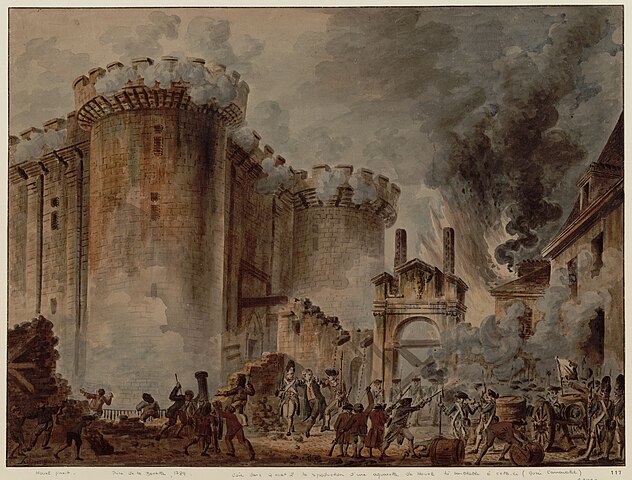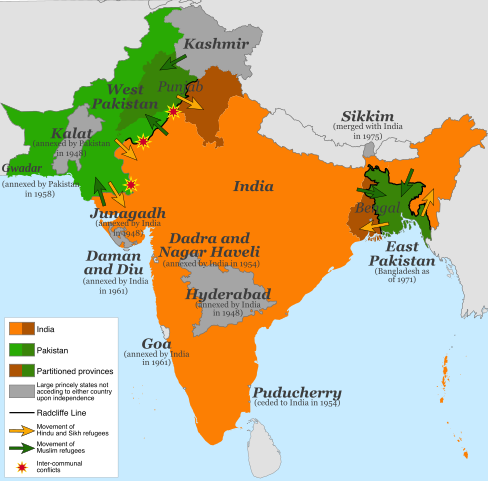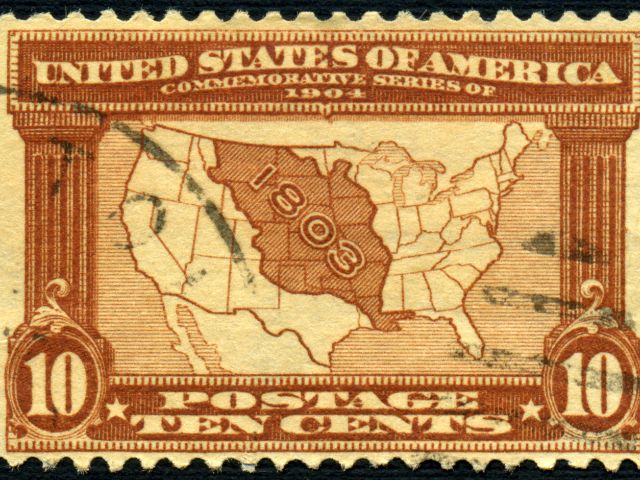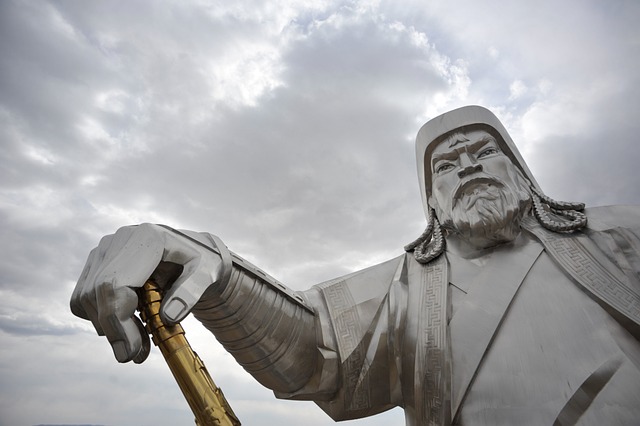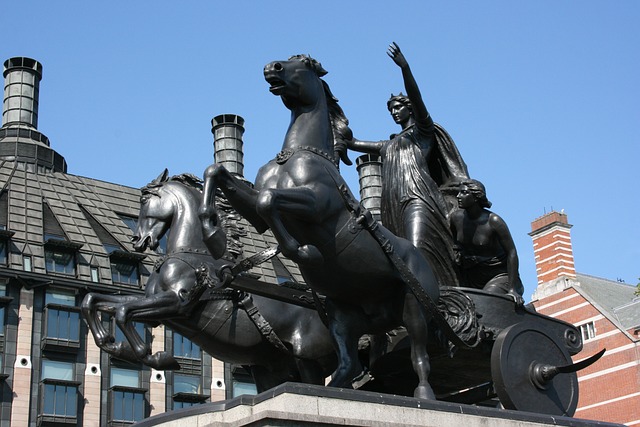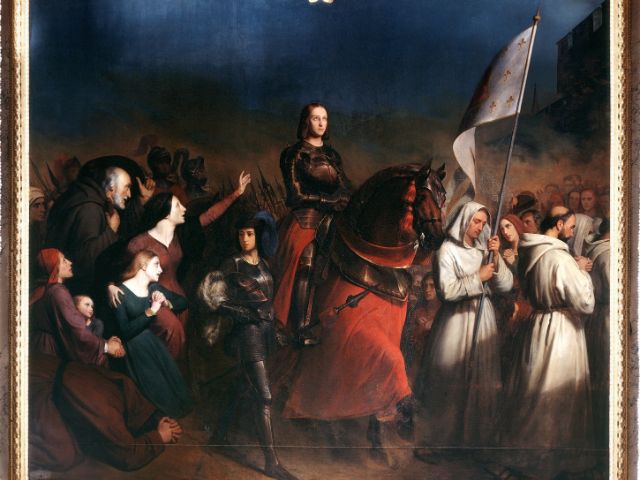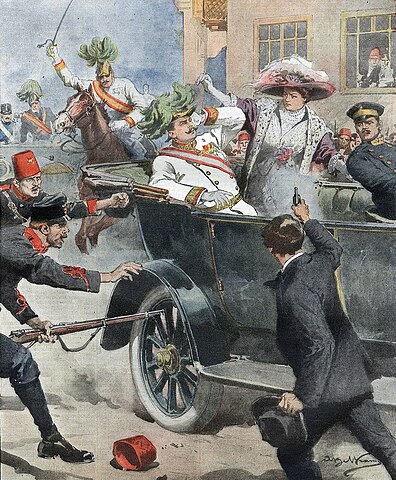The Seleucid Empire, one of the most remarkable empires in ancient history, spanned across three continents and lasted for almost 250 years. From its founding by Seleucus I Nicator to its eventual fall, the Seleucid Empire experienced a rise to power and a subsequent decline that left a lasting impact on the regions it once controlled.
In this article, we will explore the key factors and events that led to the rise and fall of the Seleucid Empire, from its origins to its legacy.
Through this journey, we will uncover the political, cultural, and economic aspects that shaped this powerful empire, as well as the internal and external conflicts that ultimately contributed to its downfall.
Let’s delve into the fascinating story of the Seleucid Empire and discover the rise and fall of this ancient civilization.
Origins of the Seleucid Empire
The Seleucid Empire was one of the most powerful and influential empires of the ancient world, spanning from the Mediterranean Sea to the Indus River. It was founded by Seleucus I Nicator, a trusted general and friend of Alexander the Great. After Alexander’s death in 323 BC, his vast empire was divided among his generals, with Seleucus being granted control of the eastern regions, including Babylon and Persia. This marked the beginning of the Seleucid Empire and the start of a remarkable rise to power.
Seleucus wasted no time in establishing his rule and expanding his territory. He adopted the title of “Basileus”, meaning king, and started a series of successful military campaigns to conquer neighboring regions. His first major conquest was the eastern provinces of Iran, followed by the western territories of Syria and Asia Minor. By 305 BC, Seleucus had solidified his control over these vast regions, with his empire stretching over 2,000 miles from east to west.
The success of the Seleucid Empire was in part due to Seleucus’ ability to adapt and adopt local customs and traditions. He established a complex political structure, blending elements of Macedonian, Persian, and local cultures. This allowed him to effectively rule over his diverse subjects and maintain a stable and prosperous empire.
In addition to the military and political power of the Seleucid Empire, its success was also attributed to its strategic location. The empire served as a vital link between Europe and Asia, with major trade routes passing through its borders. This brought great wealth and economic prosperity to the empire, allowing it to thrive and expand further.
- Selecting the Strongest Leaders
Seleucus was not just a skilled military leader, but also a shrewd politician. He carefully selected his successors, ensuring that the strongest and most capable leaders would continue his legacy after his death. This practice of selecting strong and capable leaders helped maintain the stability and strength of the empire for several generations.
- Creating a Diverse and Multicultural Empire
One of the key factors that led to the success of the Seleucid Empire was its diverse and multicultural nature. The empire was home to a variety of cultures, including Greek, Persian, Egyptian, and Mesopotamian. Seleucus and his successors encouraged the integration of these cultures, creating a unique blend of Hellenistic traditions and local customs.
- Incorporating Local Administrators
As the empire continued to expand, Seleucus realized the importance of incorporating local administrators into the political structure. This not only helped in governing the diverse regions of the empire, but also allowed for a sense of autonomy and cultural identity among the local populations. This strategy proved to be successful, as the Seleucid Empire continued to thrive and expand for over two centuries.
- Establishing Strong Alliances
Seleucus was known for his diplomatic skills and was able to establish strong alliances with neighboring states, including the Mauryan Empire in India. These alliances not only provided increased security for the empire but also allowed for cultural and economic exchange between the two empires.
The origins of the Seleucid Empire were marked by strategic leadership, military conquests, and a diverse and multicultural identity. These factors set the foundation for a powerful and prosperous empire that would leave a lasting legacy on the ancient world.
Political and Military Power of the Seleucid Empire
The Seleucid Empire was a major powerhouse in the ancient world, known for its impressive military might and political prowess. Founded by Seleucus I Nicator, it was one of the four Hellenistic kingdoms that emerged after the death of Alexander the Great. At its peak, the Seleucid Empire spanned from modern-day Turkey to Pakistan, making it a vast and diverse empire with a complex political and military structure.
Size and Scope of the Empire:
At its height, the Seleucid Empire covered a vast territory of approximately 1.5 million square miles. This included a diverse array of regions, such as Greece, Persia, Syria, Mesopotamia, and parts of India. With such a vast and diverse territory under its control, the Seleucid Empire was a force to be reckoned with in the ancient world.
Military Strategies and Conquests:
The Seleucid Empire’s military power was one of its greatest strengths. The empire had a well-trained and disciplined army that was constantly expanding its borders through conquests. Under the leadership of generals such as Antiochus III the Great, the Seleucid army successfully conquered vast territories, including parts of Greece and Persia. The empire’s military success can also be attributed to its use of innovative military tactics, such as the use of elephants in battle, which proved to be a formidable force against their enemies.
Political Structure and Leadership:
The Seleucid Empire had a complex political structure that was heavily influenced by the Hellenistic culture and traditions. At the top of the political hierarchy was the king, who held absolute power and was seen as a god-like figure by his subjects. Below the king were satraps, or governors, who were responsible for ruling over different provinces within the empire. The empire’s political structure allowed for a centralized government with a strong, centralized authority, which helped maintain stability and control over the vast territories.
Cultural and Religious Diversity:
The Seleucid Empire was a culturally diverse empire, with influences from Greek, Persian, and other local cultures. The empire’s capital, Antioch, was a center of Hellenistic culture, and its rulers adopted Greek names and customs. However, the empire also allowed for the integration of local cultures and religions, making it a melting pot of diverse traditions and beliefs.
Hellenistic Influence:
The Seleucid Empire was greatly influenced by the Hellenistic culture, which was a blend of Greek and Eastern influences. This can be seen in the empire’s art, architecture, and literature, which incorporated elements from both Greek and local traditions. The spread of Hellenistic culture through the empire also had a significant impact on the regions it controlled, shaping the future of these civilizations.
In conclusion, the Seleucid Empire’s political and military power played a crucial role in its rise and expansion. With its vast territory, powerful army, and strong political structure, it was a dominant force in the ancient world. However, as we will explore in the next section, these strengths were also key factors in the empire’s ultimate downfall.
Cultural and Religious Diversity
The Seleucid Empire was a melting pot of diverse cultures and religions, which played a significant role in shaping its identity and history. As the empire expanded, it encompassed a vast region that included present-day Greece, Turkey, Syria, and Iran, among others. This led to a diverse population within the empire, with various traditions, customs, and beliefs.
One of the most prominent cultural influences in the Seleucid Empire was Hellenistic culture, which was a blend of Greek and Middle Eastern traditions. This was due to the empire’s connection to the vast and powerful Macedonian kingdom of Alexander the Great. Under the leadership of Seleucus I Nicator, the Seleucid Empire became a hub for Hellenistic culture, with Greek language, art, and philosophy thriving.
The integration of Hellenistic culture in the Seleucid Empire was not limited to the ruling class but also extended to the general population. This led to the emergence of a new hybrid culture that combined Greek and local customs, creating a unique identity for the empire.
Along with Hellenistic culture, the Seleucid Empire also embraced and incorporated various local cultures and religions into its society. This was mainly due to the empire’s diverse population, which included people from different ethnicities and backgrounds. The empire allowed various religions to coexist, including Greek, Persian, Babylonian, and Egyptian beliefs.
One of the notable examples of the Seleucid Empire’s religious diversity was the existence of the cult of Mithras, which originated in Persia but gained popularity in the empire. This was a reflection of the empire’s ability to blend and adapt different religious practices, creating a sense of unity among its subjects.
The Seleucid rulers also followed a policy of religious tolerance, which allowed people to practice their beliefs freely. This contributed to the stability and cohesion of the empire, as there were no conflicts over religious differences.
The empire’s cultural and religious diversity was also reflected in its architecture and art. The Seleucid Empire was known for its magnificent cities and structures, which showcased a mix of Greek, Persian, and local architectural styles. The famous Seleucid coinage also reflected the empire’s diverse cultural influences, with coins depicting Greek gods and goddesses alongside Babylonian and Persian symbols.
However, despite this cultural and religious diversity, the Seleucid Empire faced challenges in maintaining unity and stability. The integration of different cultures and religions also led to conflicts and tensions within the empire. The empire’s decline was further exacerbated by the rise of the Parthian Empire, which had a strong Zoroastrian influence and clashed with the Hellenistic culture of the Seleucids.
In conclusion, the Seleucid Empire’s cultural and religious diversity played a crucial role in shaping its identity and history. The blending of Hellenistic culture, local traditions, and various religions created a unique empire that left a lasting legacy in the regions it once controlled. Despite its eventual fall, the Seleucid Empire’s cultural and religious diversity remains a testament to the rich and diverse history of the ancient world.
Economic Prosperity and Decline
The Seleucid Empire was not only a political and military powerhouse, but it also flourished economically. The empire’s strategic location at the crossroads of major trade routes allowed it to prosper through commerce and trade. Under the leadership of Seleucus I Nicator, the empire implemented various economic policies that contributed to its prosperity.
One of the key economic policies of the Seleucid Empire was its promotion of free trade. The empire encouraged the exchange of goods and services between its provinces and neighboring regions, leading to a growth in commerce and wealth. The empire also invested in infrastructure, building roads and ports to facilitate trade and commerce.
The Seleucids also established a standardized currency across their vast empire, known as the Attic weight standard. This allowed for easier trade and commerce, as merchants no longer had to deal with different currencies in different regions. The use of this currency also boosted the empire’s economy by increasing the circulation of money.
Furthermore, the Seleucid Empire was rich in natural resources such as fertile land, minerals, and timber. The exploitation of these resources through mining, agriculture, and logging industries provided a steady source of income for the empire. The empire also benefited from its control over major trade routes, allowing it to tax goods passing through its territories.
However, the Seleucid Empire’s economic prosperity was not without its challenges. The constant wars and conflicts with neighboring empires, such as the Ptolemaic and Parthian empires, drained the empire’s resources and hindered trade. In addition, the empire’s expansion and conquests also led to the displacement of local populations and disruptions in trade, causing economic instability in some regions.
The empire also faced internal challenges that contributed to its economic decline. The Seleucid rulers were known for their lavish lifestyles and overspending, depleting the empire’s treasury. This, coupled with corruption and mismanagement of funds, weakened the economy and led to financial struggles.
The Seleucid Empire’s economic decline was further accelerated by the invasion of nomadic tribes from the east, disrupting trade and damaging the empire’s infrastructure. The constant conflicts and struggles for power within the empire also had a detrimental effect on its economy.
In the end, it was a combination of internal and external factors that led to the economic decline of the Seleucid Empire. The constant wars, overspending, and mismanagement of funds, along with external threats and invasions, all played a role in the empire’s eventual downfall. However, despite its decline, the Seleucid Empire’s legacy in trade, commerce, and infrastructure continues to influence civilizations and cultures to this day.
Conflict and Struggles for Power
The Seleucid Empire may have been a powerful and prosperous empire, but it was not without its share of internal conflicts and struggles for power. These struggles ultimately played a significant role in the empire’s downfall. In this section, we will delve into the various internal conflicts that plagued the Seleucid Empire and explore their impact on its stability and success.
One of the major sources of conflict within the Seleucid Empire was its complex system of succession. Unlike other empires of the time, the Seleucids did not have a clear line of succession. The throne was often passed between brothers, leading to constant power struggles and civil wars. This lack of stability at the top of the political hierarchy greatly weakened the empire and made it vulnerable to external threats.
The most notable power struggle within the Seleucid Empire was the War of the Brothers. This conflict erupted after the death of King Antiochus II in 249 BC, leaving his two sons, Seleucus II and Antiochus Hierax, to fight for the throne. This war lasted for almost a decade and resulted in the weakening of the empire’s military and economy. It also led to the emergence of various breakaway states, further fracturing the once mighty empire.
In addition to struggles for the throne, the Seleucid Empire also faced rebellion from its own subjects. The empire was home to various different cultures and religions, and not all of them were content with Seleucid rule. The most significant rebellion was the Maccabean Revolt, led by the Jewish priest Mattathias and his sons in the 2nd century BC. This revolt not only weakened the empire’s control over the region but also had a lasting impact on the development of Jewish identity and religion.
Furthermore, the Seleucid Empire faced constant revolts from its eastern provinces, primarily due to its heavy-handed taxation policies. The eastern provinces, which were vital for the empire’s economy due to their rich resources, felt oppressed and exploited by the Seleucid rulers. This led to frequent rebellions, draining the empire’s resources and weakening its hold over these territories.
The constant internal conflicts and struggles for power also took a toll on the Seleucid military. The empire’s army, which was once renowned for its strength and strategic capabilities, became divided and weakened due to the constant civil wars and rebellions. This made it easier for external threats to invade and conquer Seleucid territories.
In conclusion, the Seleucid Empire’s struggles for power and internal conflicts greatly weakened its stability and contributed to its eventual downfall. The lack of a clear line of succession, rebellions from its own subjects, and constant power struggles between its rulers all played a significant role in the empire’s decline.
External Threats and Invasions
The Seleucid Empire was not without its share of external threats and invasions throughout its existence. These challenges from outside forces would often contribute to the instability and decline of the empire. Let’s take a closer look at some of the major external threats and invasions faced by the Seleucid Empire.
- Ptolemaic Egypt
One of the earliest and most significant threats to the Seleucid Empire came from its neighbor to the south, Ptolemaic Egypt. The rivalry between these two Hellenistic empires was fueled by their desire to control the lucrative trade routes in the Eastern Mediterranean. This led to numerous conflicts and wars between the two powers, including the famous Battle of Ipsus in 301 BCE where the Seleucid Empire, led by Seleucus I Nicator, emerged victorious.
- Parthian Empire
Another major threat to the Seleucid Empire came from the east, in the form of the Parthian Empire. The Parthians, a nomadic people from Central Asia, had established a powerful empire that bordered the eastern Seleucid territories. The Parthians were known for their skilled cavalry and their constant raids and invasions posed a significant challenge to the Seleucid military. In fact, they were able to capture and hold key Seleucid territories, including Mesopotamia and Persia, for extended periods of time.
- Roman Republic
The rise of the Roman Republic also posed a significant threat to the Seleucid Empire. As the Roman Republic expanded its territories, it often came into conflict with the Seleucids, who were also looking to expand their own territories. The Seleucids suffered a major defeat at the hands of the Romans in the Battle of Magnesia in 190 BCE, which marked the beginning of the decline of the Seleucid Empire.
- Celtic Invasions
In addition to the major empires and powers, the Seleucid Empire also faced invasions from smaller, nomadic groups such as the Celts. These fierce warriors from Europe would often invade the Seleucid territories, causing significant damage and instability. King Antiochus III the Great was even killed in a battle against the Celts in 227 BCE.
- Civil Wars and Revolts
The Seleucid Empire was also plagued by internal conflicts and rebellions, often instigated by neighboring powers. For example, the Bactrian Greeks, who had broken away from the Seleucid Empire, would often incite rebellions in the eastern territories. These internal struggles and constant battles for power weakened the empire and contributed to its eventual downfall.
Despite facing numerous external threats and invasions, the Seleucid Empire was able to survive for over 200 years. However, the constant conflicts and wars took their toll on the empire, eventually leading to its collapse and fragmentation. The legacy of these external threats and invasions can still be seen today in the regions once controlled by the Seleucids, as well as in the cultures and civilizations that emerged from this great empire.

Legacy of the Seleucid Empire
The Seleucid Empire may have reached its downfall, but its legacy continues to live on in the regions it once controlled. The empire left a lasting impact on the cultures, languages, and political structures of the Middle East, Central Asia, and the Indian subcontinent. Known for its diverse cultural influences and vast territorial reach, the Seleucid Empire played a significant role in shaping the ancient world and laying the foundations for the civilizations that followed.
The empire’s greatest legacy is the spread and assimilation of Hellenistic culture throughout its territories. Under the rule of the Seleucid dynasty, Greek language, art, and architecture flourished, leaving a lasting imprint on the local cultures. This cultural fusion is evident in the numerous archaeological sites found in modern-day countries such as Syria, Iraq, and Iran. The Seleucid Empire’s capital city, Antioch, became a center for literature, philosophy, and trade, attracting scholars and merchants from all over the world.
The empire’s legacy also extends to the political and administrative structures of the regions it once controlled. The Seleucid rulers implemented a system of government that allowed for a degree of autonomy for local rulers, while still maintaining centralized control. This system became the basis for the later dynasties that ruled the Middle East and Central Asia, such as the Parthians and the Sassanids. The Seleucid Empire also introduced new technologies, such as coinage and road networks, which were adopted by future empires and greatly contributed to the development of trade and commerce.
In terms of religion, the Seleucid Empire was a melting pot of various beliefs and traditions. While the Greek gods were worshiped by the ruling elite, the local populations continued to practice their own religions, resulting in a diverse and tolerant society. This religious diversity continued to flourish even after the empire’s collapse, with many of the local religions influencing the development of major world religions such as Christianity and Islam.
Despite its decline, the Seleucid Empire’s impact on the economy of the ancient world cannot be ignored. The empire’s control of strategic trade routes, such as the Silk Road, allowed for the exchange of goods, ideas, and technologies between the East and the West. This trade network greatly contributed to the economic prosperity of the empire and the regions it controlled. The Seleucid Empire also established a unified currency system, making trade and commerce more efficient and profitable.
The Seleucid Empire also left behind a legacy of notable figures and events that continue to be studied and celebrated to this day. The empire’s most famous king, Antiochus III, was a skilled military strategist who expanded the empire’s territory to its greatest extent. The Battle of Magnesia, fought between the Seleucid and Roman armies, is still considered one of the most significant battles of the ancient world. The empire also produced notable scholars, philosophers, and scientists, such as Apollonius of Perga and Euclid, who made significant contributions to mathematics and astronomy.
In conclusion, the Seleucid Empire may have fallen, but its legacy continues to thrive in the cultures, languages, and political structures of the regions it once controlled. The empire’s impact on the ancient world cannot be underestimated, and its legacy will continue to influence civilizations for centuries to come. The rise and fall of the Seleucid Empire is a testament to the enduring power and lasting legacy of one of the greatest empires in history.


